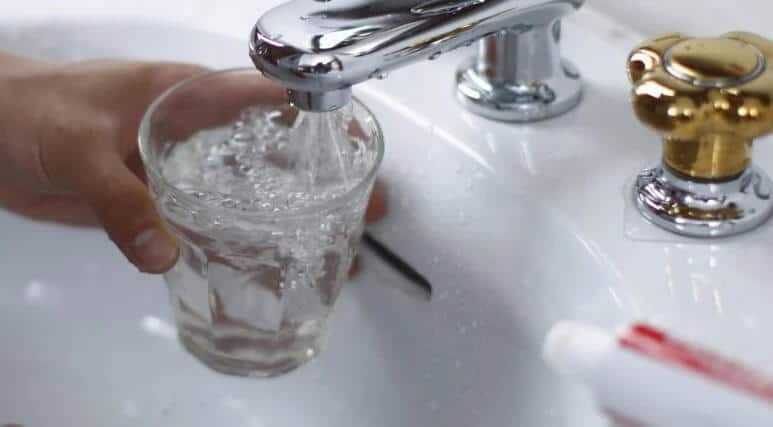Ever found yourself standing at your bathroom sink, about to take a sip, and suddenly thought, “Wait… can I really drink this water?” You’re not alone. It’s a weird little hesitation, especially when it’s your own home. The quick answer? Most of the time, yes—you’re fine. But there are a few things worth knowing before you guzzle down that water.
Plumbing Matters
In most modern homes, the water flowing from your bathroom faucet comes from the same source as your kitchen sink. There’s no special “premium” water line just for the kitchen. If your house uses city water, it all goes through the same filtration system before reaching your taps—bathroom, kitchen, laundry room, you name it.
If your home was built recently or your plumbing has been updated in the last couple of decades, you’re probably in the clear. But if your house dates back before 1986 and hasn’t had a full plumbing remodel, old pipes—especially lead or corroded copper—could affect water safety. In that case, it’s smart to have your water tested before making it your go-to drink.
The Condition of Your Pipes
Even with modern plumbing, the bathroom faucet might taste a bit… odd. Water sitting in pipes that aren’t used as often as your kitchen faucet can develop a stale, metallic flavor. It’s usually harmless, just unpleasant—think of it like licking an old penny! Running the water for a few seconds often solves the taste issue.
If your home has a water filter or softener, remember that some systems only filter the kitchen sink. The bathroom water may bypass these filters entirely. To be certain of what’s in your bathroom water, consider using an inexpensive home water testing kit. These kits check for things like chlorine, lead, hardness, and bacteria—perfect for older homes or faucets with suspicious odors or cloudiness.
No Toilet Contamination, I Promise
A lot of people worry that bathroom water is somehow “contaminated” because it’s near the toilet. Relax—the faucet and the toilet are separate. Your sink water comes from the same clean supply as all other taps. Unless your plumbing is catastrophically mismanaged, you are not drinking toilet water.
That said, sinks can harbor a few unwelcome guests: toothpaste residue, soap scum, beard trimmings, and yes, that mysterious pink slime that appears if you haven’t cleaned in a while. If you’re cupping your hands to drink directly from the tap, a quick wipe or using a cup is a good idea. And definitely don’t grab a glass that’s been near mouthwash, peroxide, or other bathroom products—you might regret that sip.
The Bottom Line
Drinking bathroom water is generally safe if your plumbing is modern and the water looks, smells, and tastes normal. It’s not ideal as a daily habit, though, especially in older homes or with faucets that haven’t been cleaned in ages. Water left sitting overnight can collect dust, airborne bacteria, and other uninvited particles.
If it’s the middle of the night and you’re thirsty, your bathroom faucet will probably do the trick. But if you have doubts, or your plumbing is ancient, stick to the kitchen tap—or keep a reusable water bottle on your nightstand for stress-free hydration.
